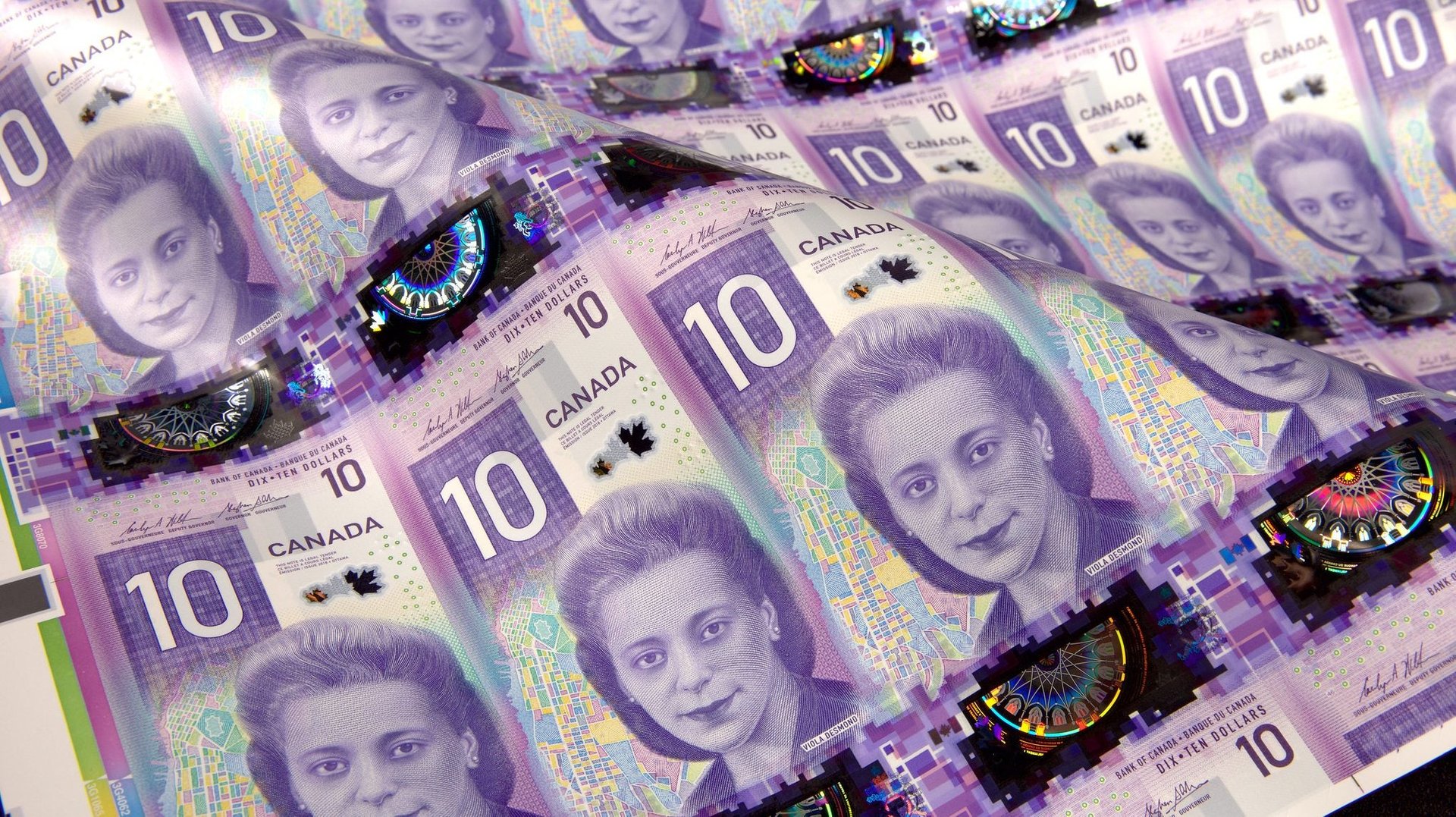There are only 59 named women on the most common banknotes
There are only 59 named women on the world’s most valuable banknotes.


There are only 59 named women on the world’s most valuable banknotes.
A Quartz analysis of paper currency reveals that 64% of banknotes—405 bills—had at least one image of a person, including statues. On those, 81 illustrated at least one woman.
Many of the depicted women, however, are anonymous figures, like a farmer picking cotton in Angola, a scientist in Canada, and a series of dancers in Indonesia. Some are personifications of national identity like Lady Hibernia who represents Northern Ireland on currency issued by the Bank of Ireland.
Without these anonymous and mythological depictions, only 52 bills remain, representing 59 portrayals of women. Only 12% of banknotes that depict a person have a named woman, whereas 84% of banknotes that depict a person have a named man.
We looked at 622 bank notes from the 75 largest economies, accounting for 96.5% of the world’s GDP. Nearly 40% did not include any people. For example, the current Euro design depicts generic European architecture. Data were gathered from national and central banks. The prevalence of certain bill designs in circulation varies widely; however, we treated all circulating bills listed by a bank the same.
The women who feature on banknotes vary by career. There’s a guerrilla military leader, a shipowner, and a former president. But the most common occupation by far is a poet or author. Sixteen bills have a female writer on them, including Astrid Lindgren in Sweden, the author of Pippi Longstocking, and Jane Austin in the UK. And of course, Queen Elizabeth II has an outsized influence on the statistics. She graces 8 different bills across four countries in the analysis.
A small handful of countries stand out when it comes to female representation on currency. Australia is the only nation that has women on every one of their currently issued banknotes. Scandinavian countries fare well, too. Sixty percent of Denmark’s banknotes depict a woman, as do 50% of Sweden’s.